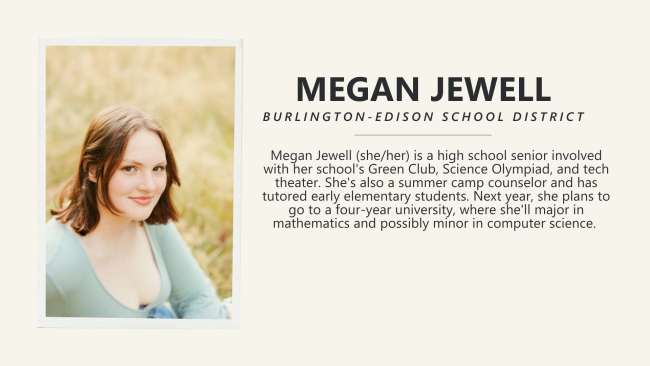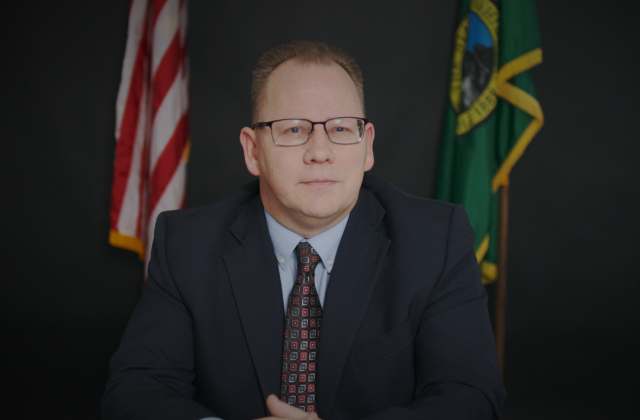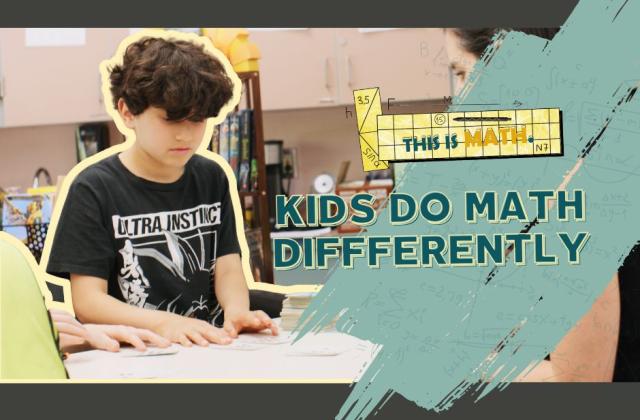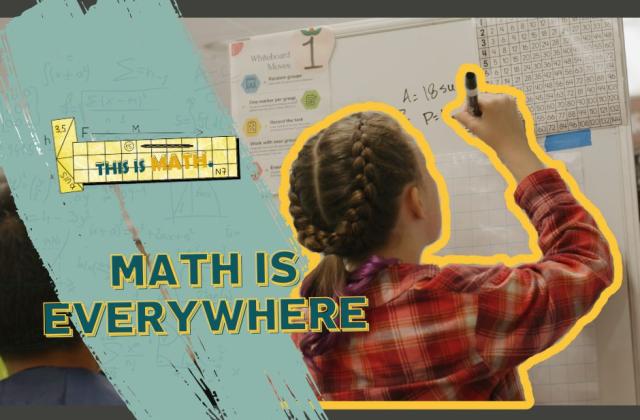Media Contact
Katy Payne she/her
360-764-0201
Editor’s Note: OSPI aims to elevate the authentic experiences of the students in Washington’s K–12 public schools. This story was written by a Washington state high school student participating in OSPI’s Student Stories Program. The author’s opinions, beliefs, and viewpoints do not necessarily reflect those of OSPI, and publication of this story does not constitute OSPI’s approval or endorsement of its contents. With questions, please contact OSPI’s Communications team at commteam@k12.wa.us.
I’ve been thinking a lot about writing lately. I can’t seem to escape it. I doubt there will ever come a time in my life again where I do nearly as much writing as I have been this past month. College application essays, AP Literature essays, scholarship applications, my summer job application, and my OSPI blogs. With each keystroke, each new sequence of syllables, I think more and more about the practice as a whole.
Last year I hated my writing. Any jumble of words produced by this mind and these hands was, to me, the worst thing I’d ever read. This was because last year I had to completely rewire the way I had always thought about writing. For so long I had been able to get through my English classes by relying solely on a single process. Five paragraphs: outlining intro, body example #1, body example #2, body example #3, topped off with a conclusion reiterating everything I’ve already said. It was a formula that had worked for so many years, even through two honors English language arts classes. Come my junior year, however, it became clear that this was no longer going to cut it. Megan, meet AP English Language and Composition.
Although there was a good deal of non-fiction reading, AP Lang was primarily a composition class over anything else. The first thing I learned when I walked through those doors was that a five paragraph essay was too formulaic, and such predictability leads to essays that can be boring reads. I learned the hard way that an essay should flow, it should have as many body paragraphs as the idea needs to be properly communicated, and each paragraph should build on or somehow connect to the last.
I hated this new process, I thought. In reality, I hated learning it. It contradicted everything that made sense to my brain, the way I was taught to write. The organized system I knew, I found comfort in, wasn’t satisfactory anymore. Sure, the introduction and conclusion still stand, but most of the essay was thrown out the window.
I often wondered why writing was taught the way it is in the first place if, to be successful in their writing as high schoolers and beyond, a student must relearn to write. The simple answer is that it is the easiest way for young students to begin to grasp longer forms of writing, which makes a lot of sense. I’ve never found this answer to be fully satisfactory though, as it doesn’t answer my second underlying question: Why do we still lack a more substantive transition to the writing demanded of us later on? Now seems like the moment in which I introduce an end-all be-all solution, but I’m not sure there is one. I have no expertise other than being a student in the public school system for the past 13 years, and as a result have only known one method of long-term English language arts education.
As such, I can only offer an idea: More exposure. Throughout nearly all my English education we read books, not essays (even though essays are what we are expected to write). By no means am I saying that children should read fewer books, though. Books are incredible works of art, and reading provides us with so many benefits. What I am saying, however, is that I believe providing essays to middle schoolers as reading materials in addition to longer works like novels could help bridge the gap between the five paragraph essay and more creative, flowing works. If children learn by imitation, how are we supposed to imitate something we’ve never seen?
In terms of expectations, I felt that the transition from a formulaic essay to something more thoughtful and advanced was expected of me from the moment I signed up for an AP English class. In terms of my skill and progression, the transition took about three months of taking AP Lang. In an ideal world, though, I wouldn’t have been under expectations for those few months; I would have crossed that bridge somewhere before my junior year of high school. In reality I believe I was able to cross that bridge so quickly in part due to the pressure of College Board expectations, but primarily due to the sheer number of essays we read in class. Consider the Lobster by David Foster Wallace, Politics and the English Language by George Orwell, The Owl Has Flown by Sven Birkerts, Seeing by Annie Dillard, and so many more. We also annotated essays of varying scores from actual college students, and listened to speeches like David Foster Wallace’s This is Water. By the end of my first semester in AP Lang, I felt so thoroughly exposed to short-form literature that I could use the techniques I observed in these works and confidently apply them to my own essays, effectively bridging the previously mentioned “gap.”
The way we write influences the way we think, and, by extension, the way we communicate and interact with those around us. As such, I believe we need to begin to think about English language arts education as a path, in which each step builds on the last and leads to the next, more than we currently do.










